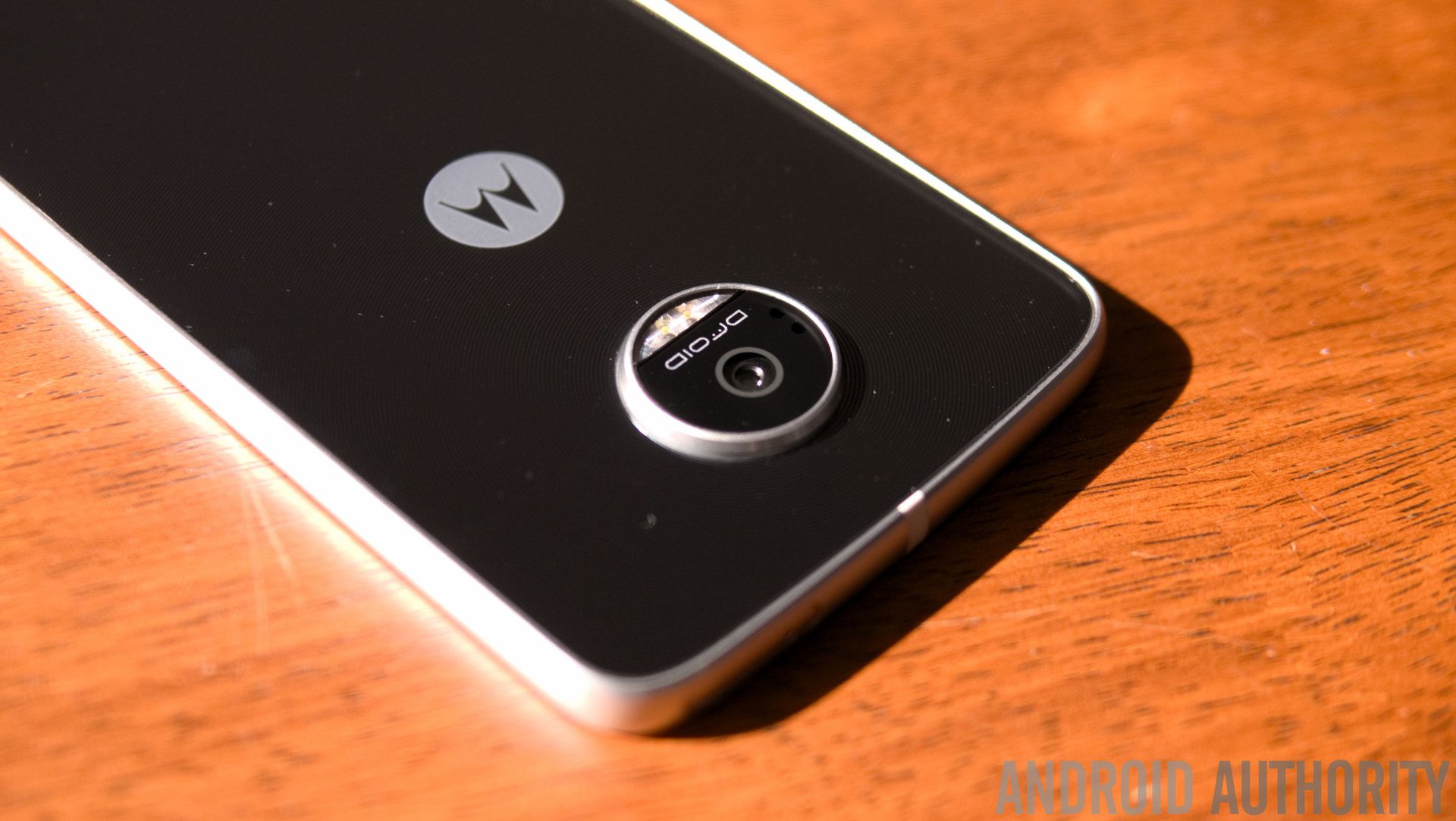Affiliate links on Android Authority may earn us a commission. Learn more.
New research brings DSLR camera quality a little closer to smartphones
Published onFebruary 9, 2017

New research from Harvard’s School of Engineering and Applied Sciences (SEAS) could pave the way for superior smartphone camera technology.
One of the school’s research teams has created a flat “metalens” which could provide the same basic function as a traditional lens without the use of glass. These metalenses are instead made from pillars of titanium-oxide (nope? Me neither) which can be created in ultra-thin formations to reflect light to a single focal point.
The performance of smartphone cameras is inherently restricted by the size of the devices: you can’t recreate the performance of a DSLR camera with the amount of glass used in a smartphone camera lens. With this tiny new metalens, however, smartphone cameras would stand to produce better results while being lighter, thinner and less complex.

What’s more, the production of these lenses would reportedly than their glass equivalents and would remove an unwelcome effect known as “chromatic aberration” from smaller cameras.
For now, the researchers have only managed to successfully apply the technology on a blue-to-green spectrum: it doesn’t yet cover a broad range of colors. It’s nonetheless an exciting development, especially seeing as the team had only achieved it in a single color a few months prior.
Alas, like the many reports of significant battery life improvements coming to smartphones, who knows when/if we’ll see it in a commercial setting.